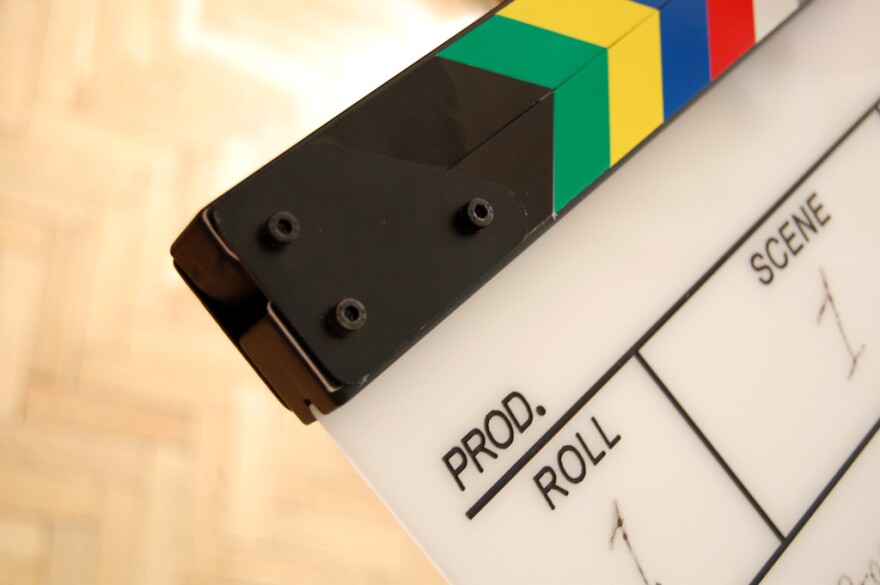With our free press under threat and federal funding for public media gone, your support matters more than ever. Help keep the LAist newsroom strong, become a monthly member or increase your support today.
The LA-area 'creative economy' is getting stronger and changing

The number of jobs linked to art, culture and design in the Los Angeles area is going up.
Between 2009 to 2014, the number of jobs in those fields increased almost 3 percent, according to the latest report on the creative economy from the Otis College of Art and Design.
The entertainment industry provided the most jobs during that time period. Next up is fashion and then publishing. All told, creative industry fields produced more than 418,000 jobs.
Kimberly Ritter-Martinez, an economist with the Los Angeles County Economic Development Corporation who was principal contributor to the report, said that since this report comes out annually, there usually isn't an "Earth-shattering change" in the numbers. But, she said, there is evidence of stronger growth in creative industries and strong recovery from pre-downturn levels.
New this year to the report, which has been released annually since 2007, is a comparison of the L.A.-area creative industry offerings to other metro areas. L.A. came in on top, followed by New York (with 402,900 creative industry jobs), Chicago (with 133,800), San Francisco (with 91,900) and Seattle (with 95,700).
The report also analyzes data in arts education as a way of keeping an eye on the students who may one day have these jobs. Ritter-Martinez said there’s data to suggest that K-12 enrollment in traditional art, music and drama classes is decreasing, while more kids are signing up for classes like media, architecture and product design.
"The fact that those kind of classes are increasing is an indication of younger’s people in the technology of creativity and innovation," she said.
Another notable trend in the report is the growth of the so-called gig economy. Ritter-Martinez said there's a steady increase in single-person firms in creative fields. In L.A. County, the number of visual and performing arts providers who worked as independent contractors outnumber salaried employees almost 3 to 1.
Explore the full report here.







